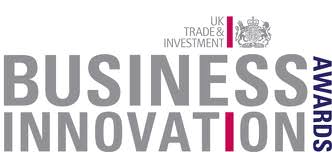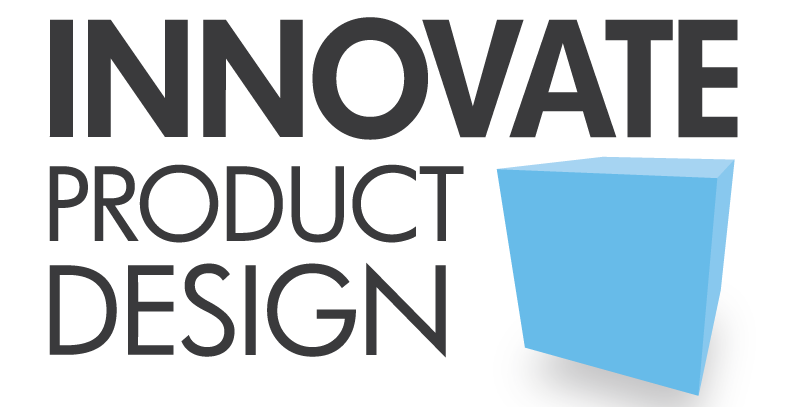VITAL INFORMATION: UTILITY PATENTS, DESIGN PATENT , TRADEMARKS, COPYRIGHT PROTECTION
VITAL INFORMATION ON TYPES OF PATENTS
Types of protection

Utility Patent – this protects the functionality of a product
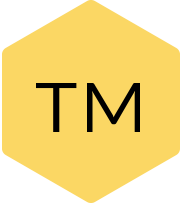
Trademarks – this protects the branding of a product, company or business
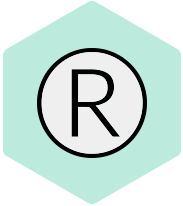
Design Patent – this protects the appearance of a product

Copyright – this predominantly protects ‘works of art’ or audio or written material and also applies to some software and computer programs
Request a Free Inventors Guide:
The "Inventing for Profit" Guide
Patent Advice/How to Patent an Idea
Confidentiality Agreements
Idea Submission Forms
News & Updates on Innovation
PATENT TYPE INFO YOU NEED TO KNOW:
PATENT TYPES: UTILITY, DESIGN, & PLANT
A patent is a type of property right that gives the patent holder the right, for a limited time, to exclude others from making, using, offering to sell, selling, or importing into the United States the subject matter that is within the scope of protection granted by the patent.
There are three types of patents – utility patent, design patent, and plant patent. If you are asking ‘how to patent my idea?’ then get in touch now and see how we can help.
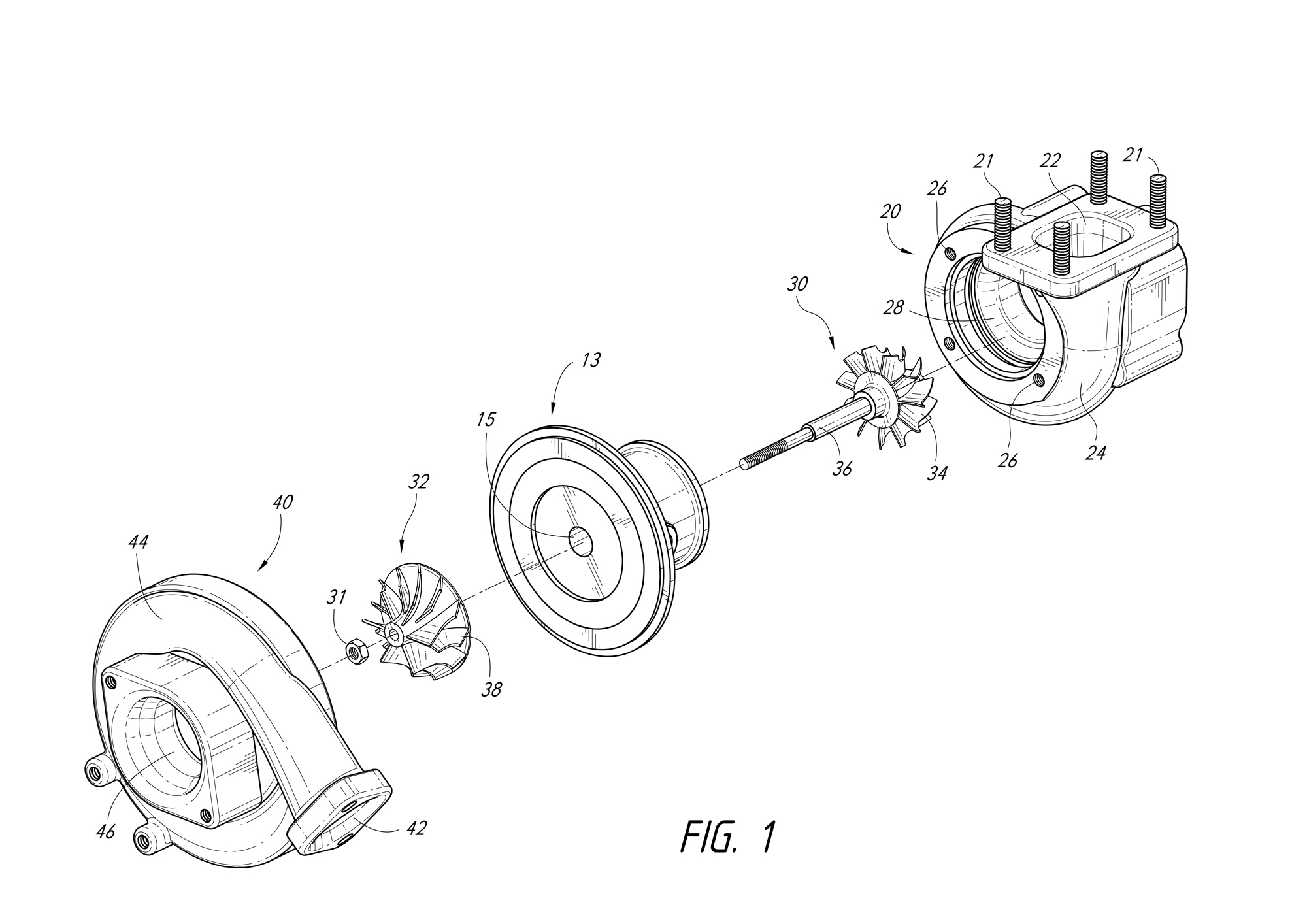
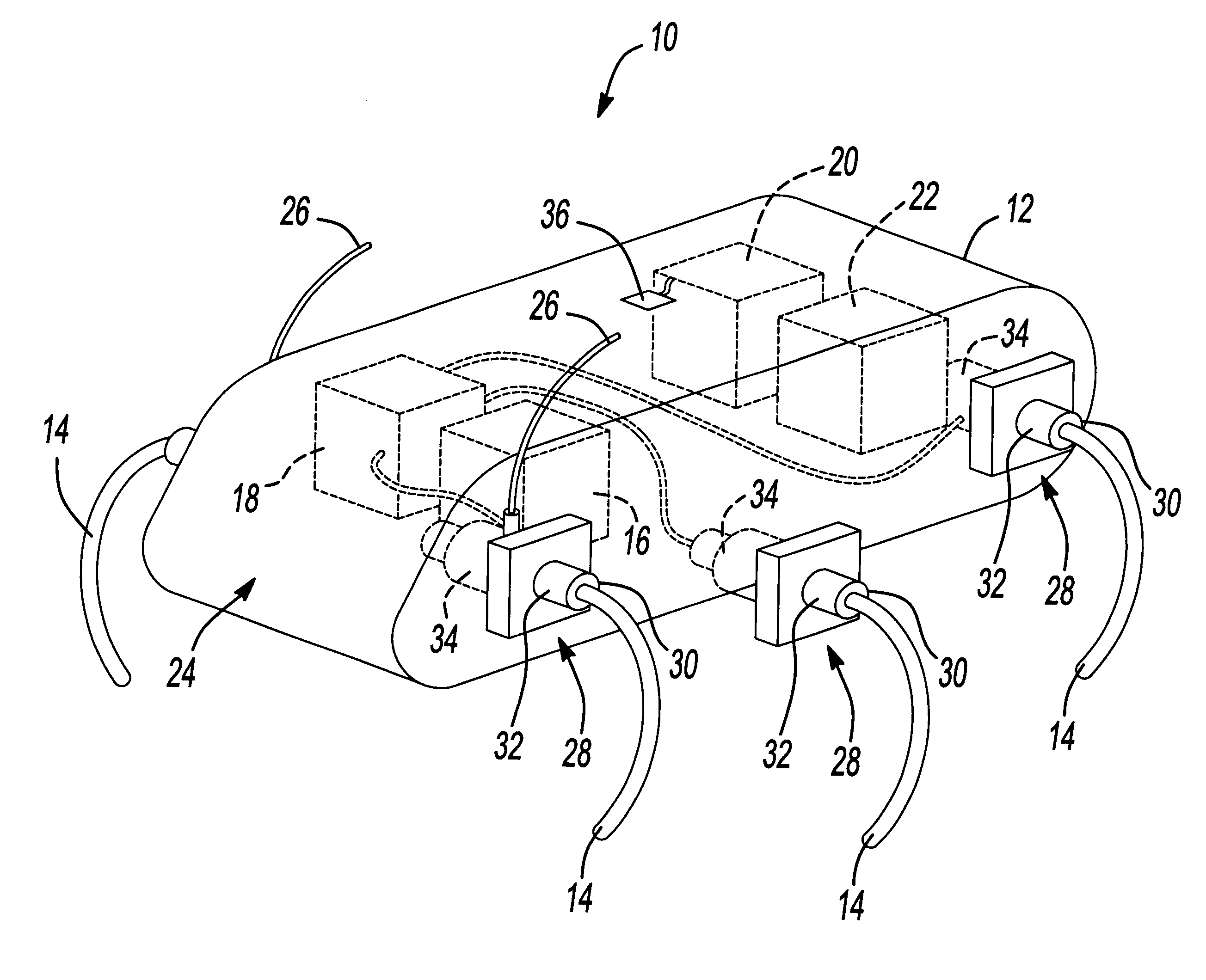
Most projects that Innovate Product Design deal with may be protected by some sort of patent, typically a utility patent. In any event filing an application for a utility patent (at the right price!) can be a very helpful commercial step in the development of an idea to a product. In order to have the ability to perhaps obtain a granted patent monopoly claim the subject matter sought to be patented must be sufficiently different from what has been used or described before (with some limited exceptions for prior disclosure) that it may be said to be non-obvious to a person having ordinary skill in the area of technology related to the invention. For example, the substitution of one color for another, or changes in size, are ordinarily not patentable; much as they would not ordinarily constitute a good enough reasons to try and compete.
TRADEMARK PROTECTION

Before a trademark/service mark application, you should consider (1) whether the mark you want to register is registrable, and (2) how difficult it will be to protect your mark based on the mark strength. As the mark’s owner you will be solely responsible for its enforcement.
COPYRIGHT PROTECTION

Request a Free Inventors guide:
The "Inventing for Profit" Guide
Patent Advice/How to Patent an Idea
Confidentiality Agreements
Idea Submission Forms
News & Updates on Innovation

